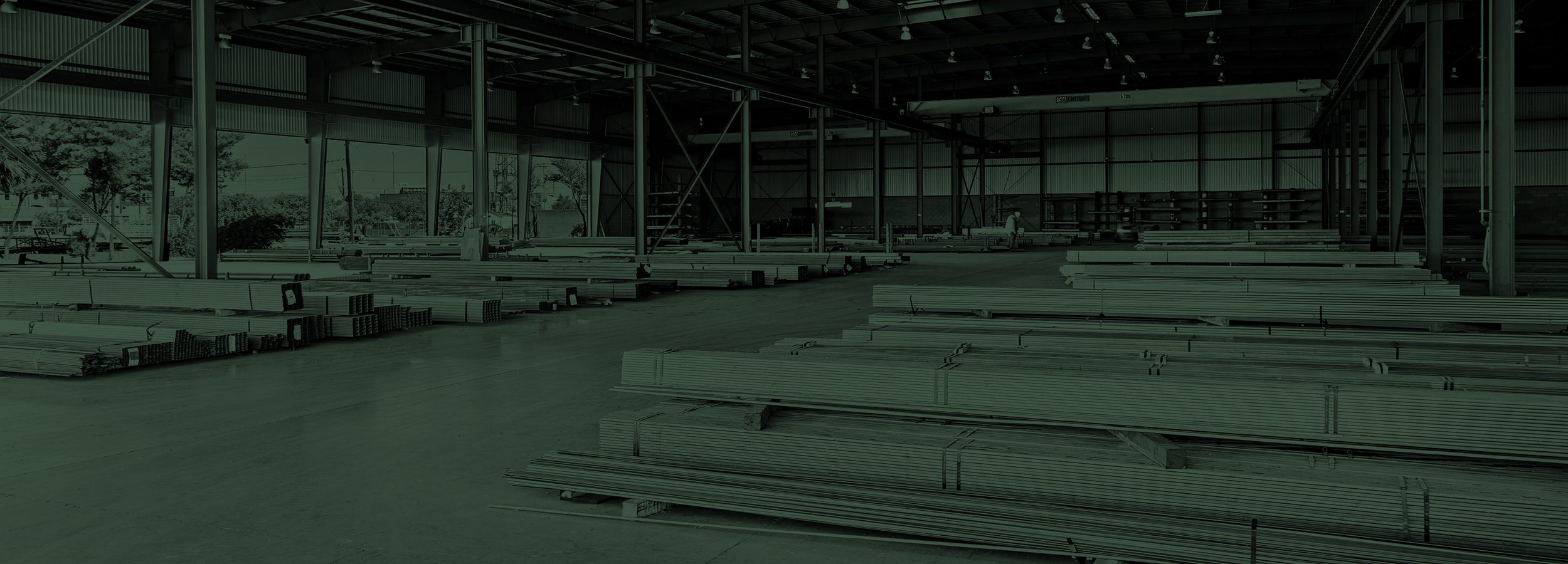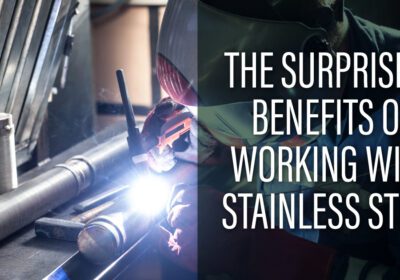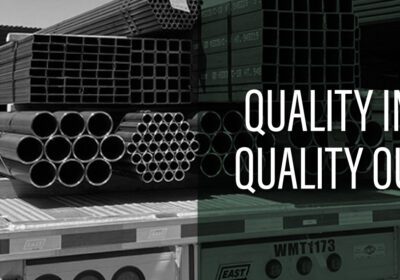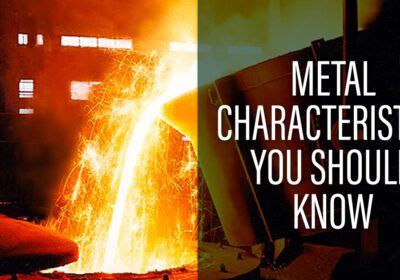Cast Iron vs. Wrought Iron

Iron is the fourth most common element making up the Earth’s crust. It’s found in the Earth’s outer core as well as its inner core. Once mined and processed, iron is generally manufactured into either cast iron or wrought iron. While both types of iron consist of pure iron, they aren’t identical. So, what are the differences when it comes to cast iron vs. wrought iron? At Arizona Iron Supply in Phoenix, we want to share some of these with you!
What is Cast Iron?
Cast iron is an iron alloy made up of about 2% to 4% carbon, along with trace amounts of silicon, manganese and other elements. It gets its name because it’s made through a process called casting.
Cast iron is produced through the process of smelting iron ore, or melting pig iron, and combining it with carbon and other alloys. The resulting liquid mixture is then transferred into molds, where it cools and solidifies. Once the iron solution has cooled, it’s removed from the mold for use as cast iron. Because of its high carbon content, cast iron solidifies as a heterogeneous alloy, meaning it contains various materials in different phases within its microstructure, affecting some of its properties.
What Is Wrought Iron?
Wrought iron consists mainly of iron along with 1% to 2% slag (the byproduct of smelting iron). While the exact makeup of iron slag varies, it generally contains elements like silicon, phosphorus and sulfur.
Wrought iron is produced by heating and bending (called working) iron multiple times. After heating the iron, it is worked using a hammer. The iron is then reheated, and a second round of bending or working is done. This cycle may be repeated up to six times or so.
Cast Iron vs. Wrought Iron
Apart from differences in their chemical composition, there are other differences when it comes to these two metals. Due to how they are manufactured, it is generally agreed upon that cast iron is easier to produce than wrought iron.
Wrought iron is stronger than cast iron. Each time wrought iron is heated and worked, it becomes slightly stronger. Because of its strength, wrought iron was historically ideal for commercial applications, although today it is primarily used for decorative purposes.
While wrought iron is stronger, cast iron is harder and better able to resist deformation under pressure or stress.
Cast and wrought iron are both susceptible to corrosion. This can pose a challenge for outdoor environments where exposure to weather and moisture is constant. To prevent rust, iron products can be coated.
Arizona Iron Supply
Let us know if you have any questions when it comes to cast iron vs wrought iron. We have an extensive supply of iron products for all of your metal working needs! Give us a call, or better yet, stop by our Phoenix warehouse!
Image by Steve Buissinne from Pixabay




